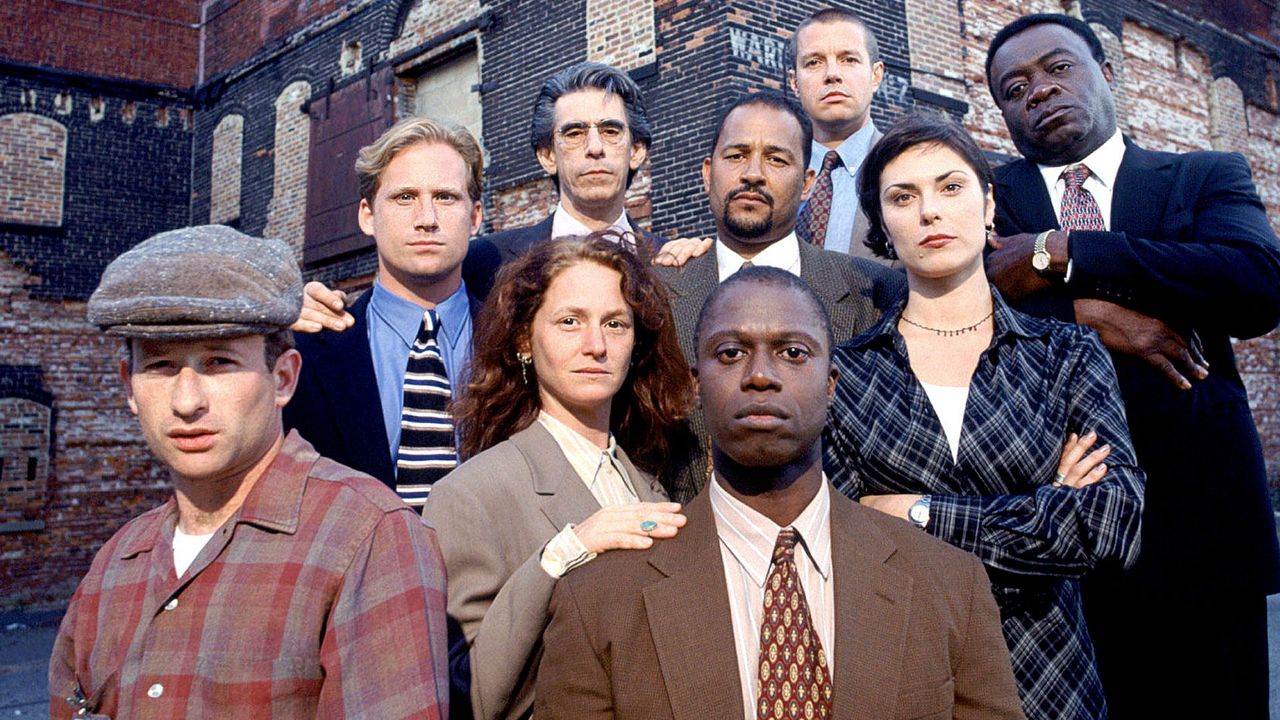The Impact of ‘Homicide: Life on the Street’ on Crime Dramas
‘Homicide: Life on the Street’ had a significant impact on the landscape of crime dramas, particularly in the television industry. This groundbreaking show, based on David Simon’s book ‘Homicide: A Year on the Killing Streets,’ first aired in 1993 and ran for seven seasons, paving the way for a new era of gritty, realistic police procedurals.
The Evolution of Crime Dramas Post-‘Homicide: Life on the Street’
One of the critical contributions of ‘Homicide: Life on the Street’ was its focus on character development over episodic storytelling. The show delved deep into the personal lives and struggles of its detectives, setting a precedent for future crime dramas to explore complex themes and moral ambiguity.
Shaping the Aesthetic and Narrative of Crime Dramas
This series also influenced the visual style of crime dramas, opting for a documentary-like approach with hand-held cameras and natural lighting, creating a sense of realism that was raw and immersive. The show’s ensemble cast and non-linear storytelling techniques further pushed the boundaries of conventional TV crime narratives.
The Legacy of ‘Homicide: Life on the Street’ in Contemporary Crime Dramas
Even decades after its conclusion, ‘Homicide: Life on the Street’ continues to resonate in contemporary crime dramas. Its legacy can be seen in shows like ‘The Wire,’ also created by David Simon, which further explores the complexities of urban crime and society.
Connections Between ‘Homicide: Life on the Street’ and ‘Law & Order’
‘Homicide: Life on the Street’ and ‘Law & Order’ are iconic television crime dramas that have left a lasting impact on the crime procedural genre. While they have distinct styles and storytelling approaches, there are compelling connections between the two shows that have contributed to their enduring popularity.
Set in Baltimore, ‘Homicide: Life on the Street’ is known for its gritty realism and complex character development. It laid the groundwork for the realistic portrayal of police work on TV, paving the way for future shows like ‘Law & Order.’
On the other hand, ‘Law & Order’ with its signature two-part structure focusing on the investigation in the first half and the legal proceedings in the second, brought a unique format that became a staple in the genre.
Despite these stylistic differences, both series shared a commitment to authenticity and accuracy in depicting the intricacies of solving crimes. Furthermore, they featured ensemble casts with diverse characters, each bringing a unique perspective to the cases they worked on.
Additionally, the crossover episodes between the two shows created a shared universe that delighted fans and showcased the creative potential of intertwining storylines and characters.
Overall, the connections between ‘Homicide: Life on the Street’ and ‘Law & Order’ go beyond their narrative similarities, influencing the evolution of crime television and setting a high standard for engaging storytelling and compelling character-driven drama in the genre.
What ‘The Wire’ Learned from ‘Homicide: Life on the Street’
Exploring the evolution of crime dramas, ‘The Wire’ draws significant inspiration from its predecessor, ‘Homicide: Life on the Street.’ This intriguing narrative journey reveals how ‘The Wire’ gleaned insights in character development, social commentary integration, and thematic depth from the gritty realism portrayed in ‘Homicide: Life on the Street’. The showrunners of ‘The Wire’ masterfully honed storytelling techniques and embraced a nuanced approach to complex storylines, mirroring the legacy of ‘Homicide: Life on the Street’.




